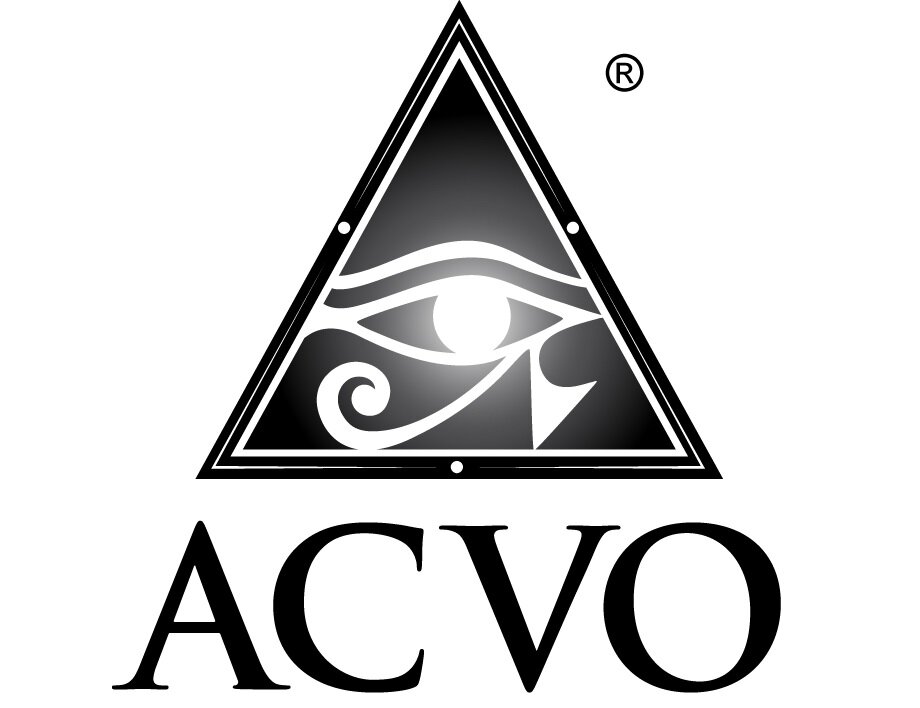Dry Eye Disease or Keratoconjunctivitis Sicca (KCS)
Dry eye disease or keratoconjunctivitis sicca (KCS) is a commonly diagnosed condition in dogs.
What are symptoms of KCS?
The most common symptoms of KCS are mucous production form the eyes and redness. The mucous is often grey or white but can also be green or yellow. Redness of the whites of the eyes is caused by inflammation of the conjunctiva. Many dogs are uncomfortable when their ocular surface is dry, so squinting or rubbing of the eyes may also be present. Cloudiness or pigmentation may also occur on the surface of the eye if the disease is chronic and this can eventually limit vision.
Why are tears so important?
Tears are produced primarily by the lacrimal glands and are responsible for keeping the ocular surface lubricated. The cornea is used to being bathed in tears. When the surface of the eye becomes dry it is very irritating and the cornea develops scar tissue, pigmentation and vascularization. The damage caused by chronically low tear production can lead to blindness over time. Corneal ulceration often occurs as a result of dry eye disease and ulcers are painful. Additionally, tears have antibacterial properties; therefore, secondary infections are common when tear production is inadequate.
What causes KCS?
The most common cause of KCS is autoimmune inflammation of the tear producing glands, but many other causes have been reported including loss of innervation (neurogenic), drug toxicity, Canine Distemper Virus, endocrine disease, and some dogs are even born without glands (congenital).
How is KCS diagnosed?
KCS is diagnosed by performing a Schirmer Tear Test (STT). In this test, a small strip of sterile paper with designated measurements is placed in the conjunctival fornix (under the upper or lower eyelid) and left in place for one minute. Tears are absorbed by the strip and the level of tears is measured by how wet the strip is after 60 seconds. A value of greater than 15mm/min is normal in dogs. A value lower than 15mm/min is suggestive or diagnostic for KCS.
How is KCS treated?
It is important to both supplement tears and stimulate tear production in pets with KCS. There are many variations of artificial tear supplements including drops, gels and ointments that can provide the necessary extra lubrication when needed. Most patients also need medications that stimulate the pet’s own tear production (lacrimostimulants). These medications can take several weeks for maximal effects to be seen and lifelong twice daily treatment is typically required. These medications will be prescribed by your veterinarian.

